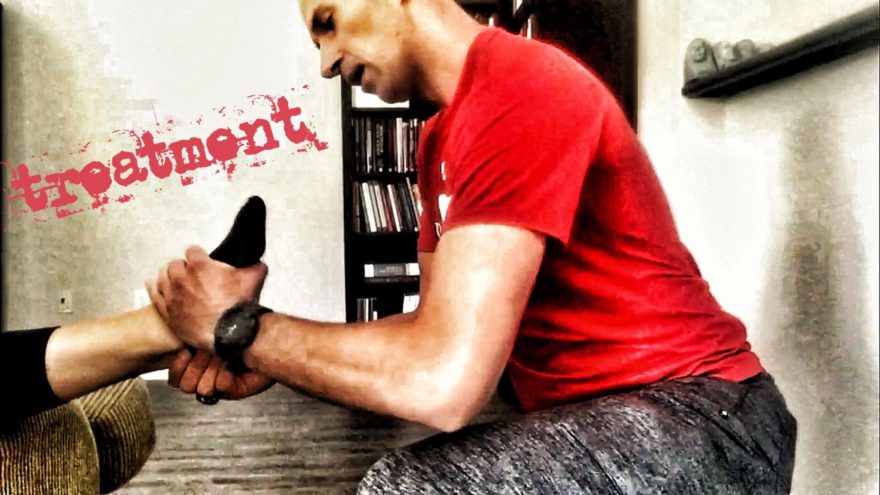Tag: sliders

The Ultimate Guide to Treating Ankle Sprains
A Humdinger No Doubt Ankle sprains. Such a bugger to deal with. Ankle sprains are one of the most common…
The Sensitive Nervous System Chapter XIV: Management Strategies: Integration of Neurodynamics
This is a summary of chapter XIV of “The Sensitive Nervous System” by David Butler. The Big Picture Evidence Based…
